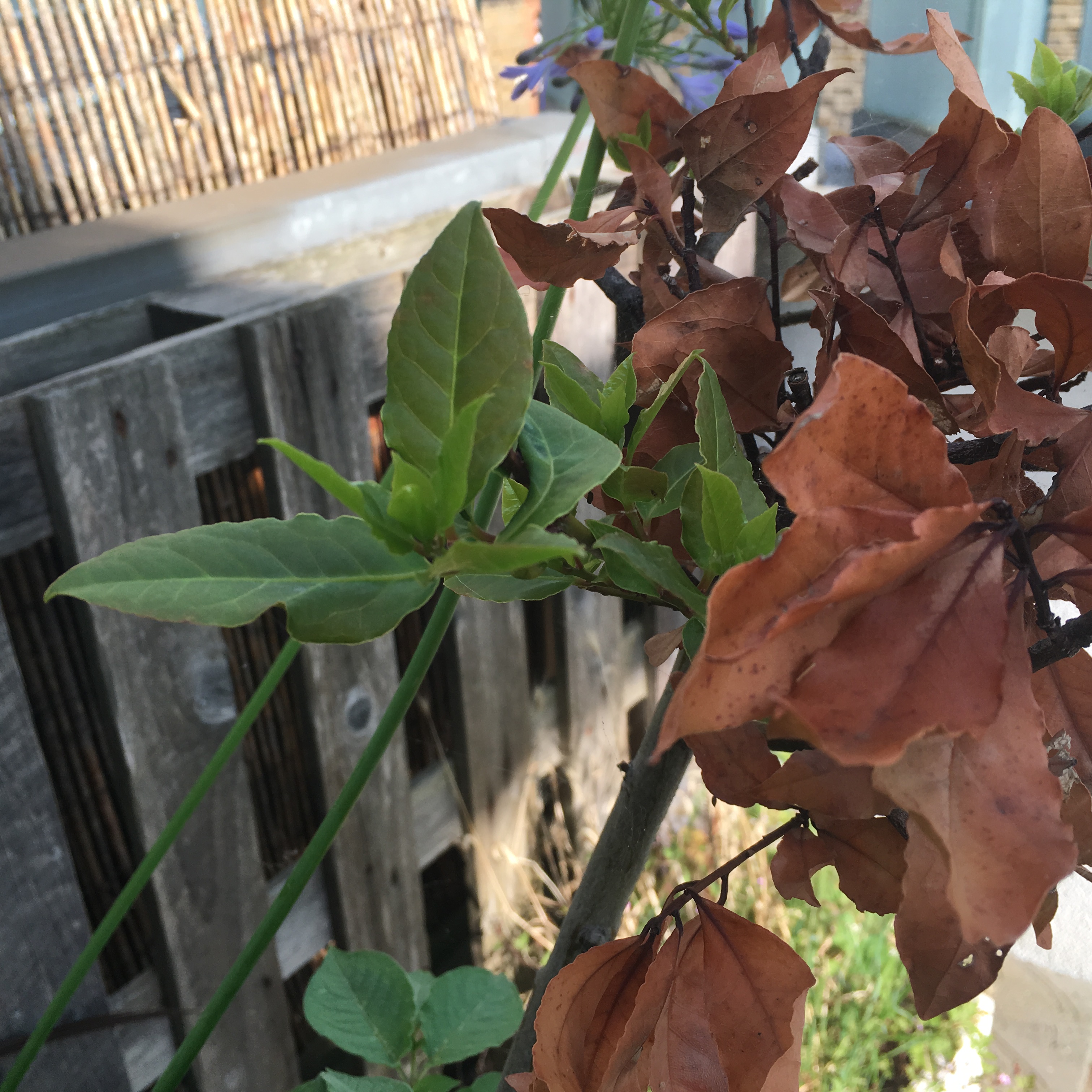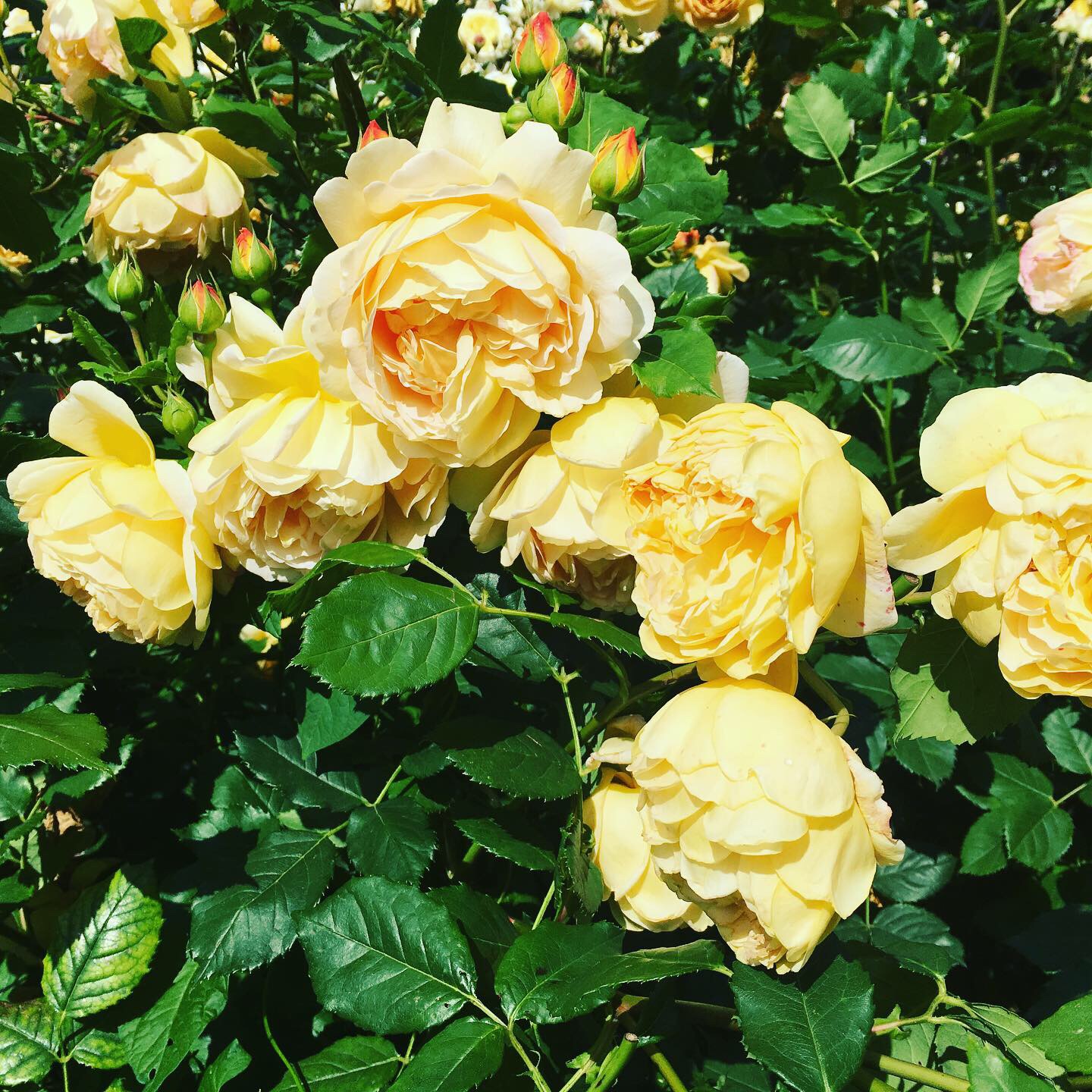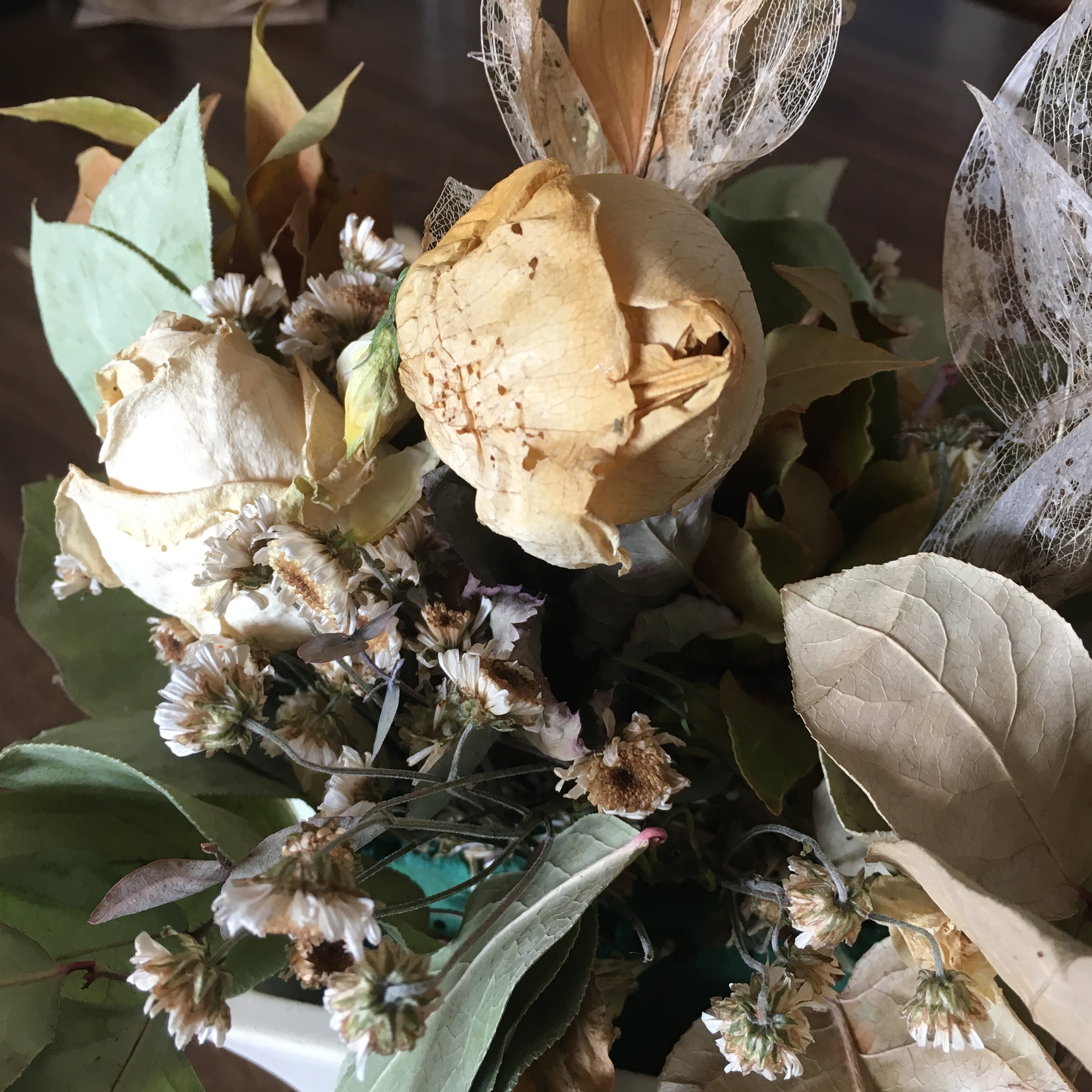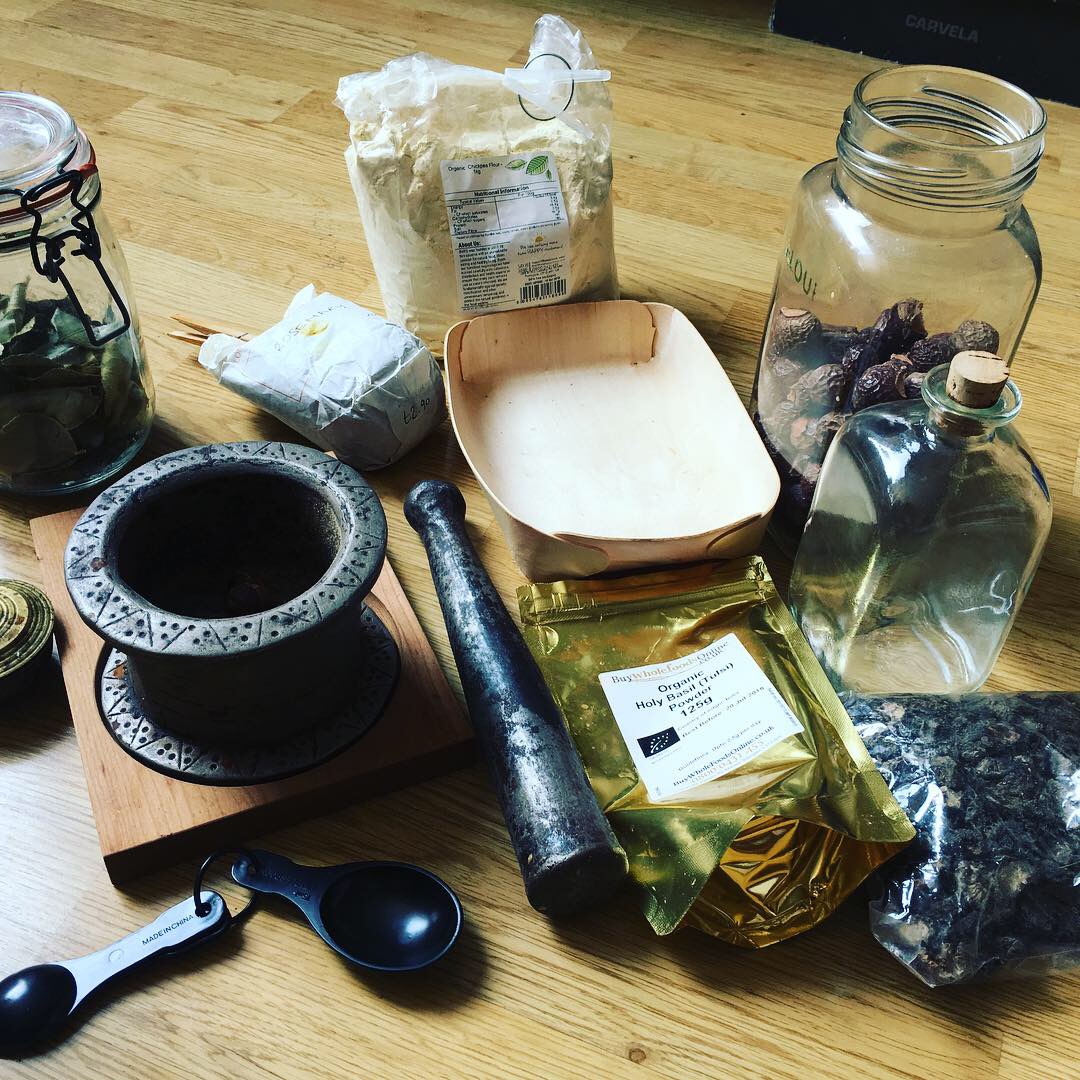As I write after a long time, I reflect on what a year it has been. Since the Coronavirus 19 was discovered, it spread around the world rapidly and lockdowns were announced in several countries to try to contain the spread. The UK announced a lockdown on 23rd March 2020. My book on healthcare design coincidentally was published by the Royal Institute of British Architects in January 2020. In that book, I had talked about the climate crisis and future pandemics, not knowing that soon the entire world would be engulfed in it.
The coronavirus is a human induced virus in the process of interfering with nature. Whether the secondary host was a bat or a pangolin is in a way immaterial- what is important is humans have been brought into contact with animals that should have been left alone. Apparently, the Amazonian forests have thousands of undiscovered viruses. That these forests are being cut down is a cause for concern not just for the climate and environmental crisis but also for human health. In the July of last year, I was asked again for a response to the Covid crisis with contribution to an optimistically titled book, Rethink Design guide: Architecture for a post pandemic world. This book was published exactly a year later. Now I’m waiting to see if my predictions come true and whether the world wakes up to take responsibility for the damage to nature.


I try to be optimistic- I also learnt that by book Architecture for Rapid Change and Scarce Resources, published in 2012, and which examines the role of development in an unequal world, was to be reprinted as it is being used for a course for design professionals in the US. I had written that book as a plea to design professionals to consider culture, colonialism and climate crisis in all forms of development and it looks like some people have got on board this message. So as we still continue our caution with the pandemic and our sadness at 3 million deaths, there are some hopes for a better and responsive world.





















 This is what it looks like when ground up together. Don’t worry too much if you don’t seem to have a fine powder- it still works because you need to soak it in water for at least two hours before use.
This is what it looks like when ground up together. Don’t worry too much if you don’t seem to have a fine powder- it still works because you need to soak it in water for at least two hours before use.